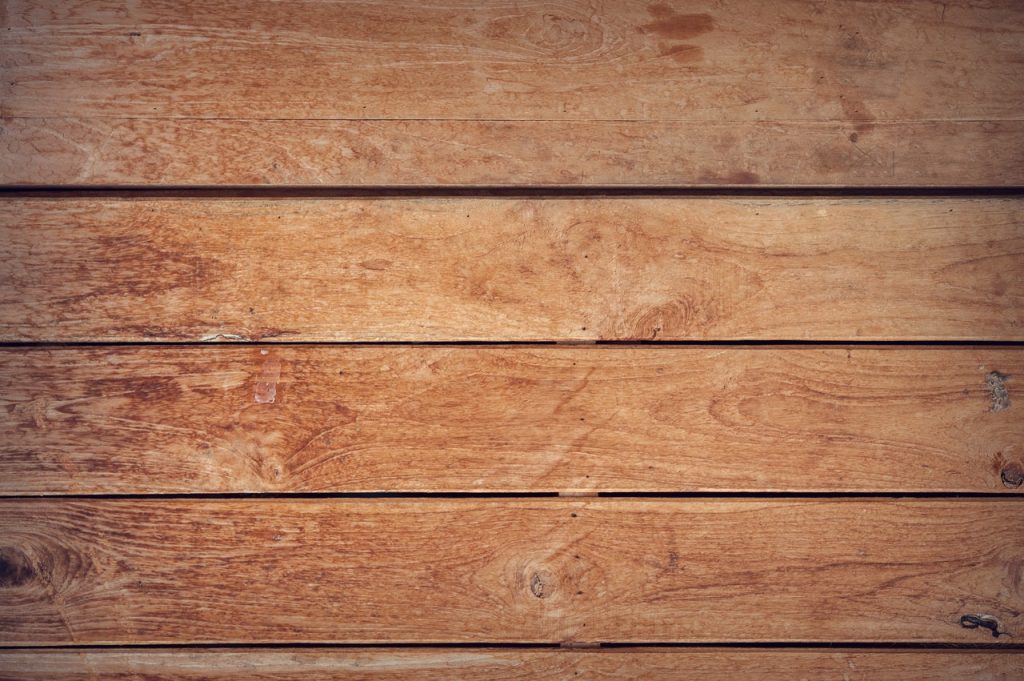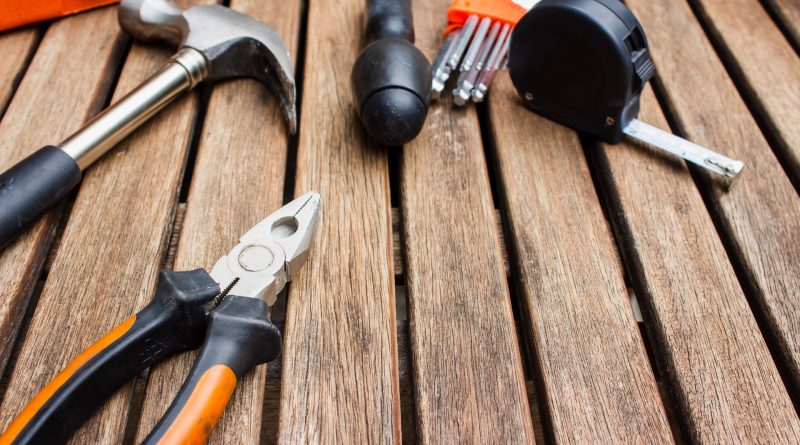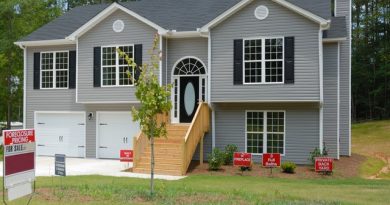Tips for installing timber cladding
Timber cladding which can also be referred to as siding or weatherboarding has grown from a style that was used mainly in agricultural buildings to now being used all around the world as a design and structural feature for commercial and residential buildings.
As it emerged quite quickly into the market, many people are unaware of exactly what cladding is and how it can be used. If you like the look of timber cladding and are thinking about installing it on your home, then you need to consider doing some research about the best materials to choose and the process of installation.
What exactly is timber cladding?
In simple terms, timber cladding can be considered a second skin for your home. It is installed on the outside external walls of your home, which can help to protect the building from the harsh weather while also improving the look of many homes and buildings with its chic and luxurious aesthetic.
Timber cladding quite often involves planks or boards of timber that work by overlapping each other to work as a cover shield. The siding works as a cavity between the boards and the main wall so if there happens to be moisture penetrating the cladding it will evaporate and drain away. Alternatives applications are click on timber batten cladding, mostly installed for appearance purposes as they provide an interesting finish to a wall.

Are there advantages to timber cladding?
Timber cladding’s popularity has grown as a material for homes in recent years due to its style and practicality. Timber cladding also has a variety of useful qualities to it, including:
Structure
Cladding is very versatile as it is lightweight and flexible. This makes it an inexpensive option as it doesn’t need to be supported by a sub-floor wall using piers. Posts and columns will work fine for cladding. Cladding can be arranged and installed on a variety of different building shapes and forms.
Aesthetic
With its smooth and light appearance, the timber will often blend in well with its surroundings. The different types of timber are what makes the timber cladding a versatile material that works well with different types of designs and styles. The best thing about timber cladding is it comes in a range of different coatings, textures and profiles.
Energy efficient
Buildings that have timber cladding will react well to heating and cooling systems which means less energy is being used to keep your home at a more stable and comfortable temperature.
Easy installation
Timber cladding is designed for easy use and simple installation. It allows for having less material handling than other types of materials. Most often no scaffolding is required, but it will depend on what areas you are covering.
Sarking
Sarking is a material that is used for waterproofing. Sarking can be attached directly behind your timber cladding. Having sarking means the water that has penetrated will be re-directed outside instead of becoming trapped behind the timber cladding. Sarking can be used as another barrier against the wind, dust, rain and drafts.
The cladding installation process:
Good practices are important when installing cladding.
- Install insulation behind the sarking, which will help to reduce the heat-transmitting into the home or building.
- Studs need to be placed no more than 450mm in the distance apart to help prevent the distortion of your timber cladding.
- Wide verandahs and eaves can help to protect the timber cladding and help to reduce the build-up of heat.
Be aware that some buildings cannot have non-combustible materials on them. Before installation, you will need to check out the local laws in your area to ensure that the timber cladding adheres to building codes.








